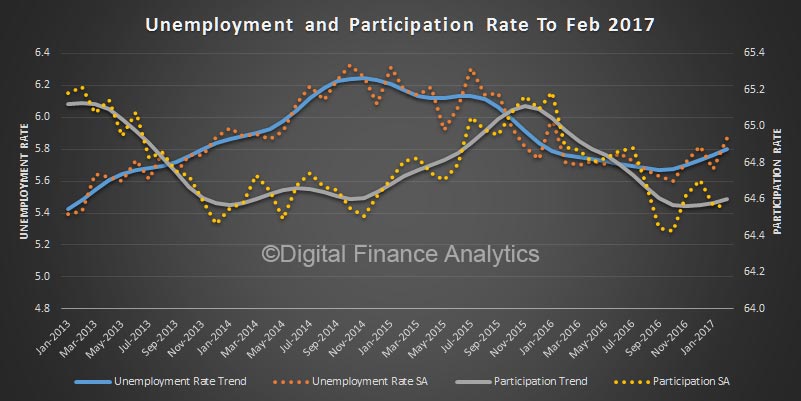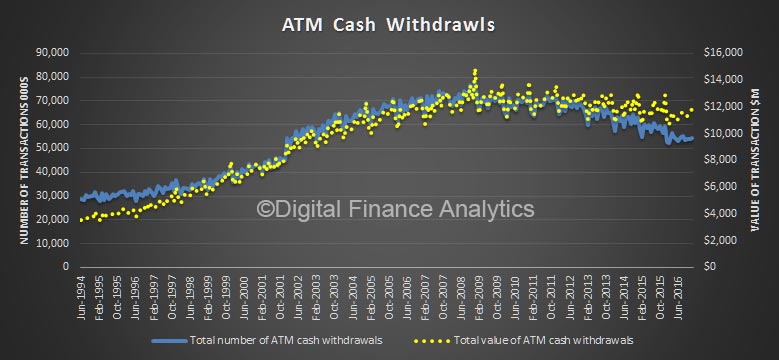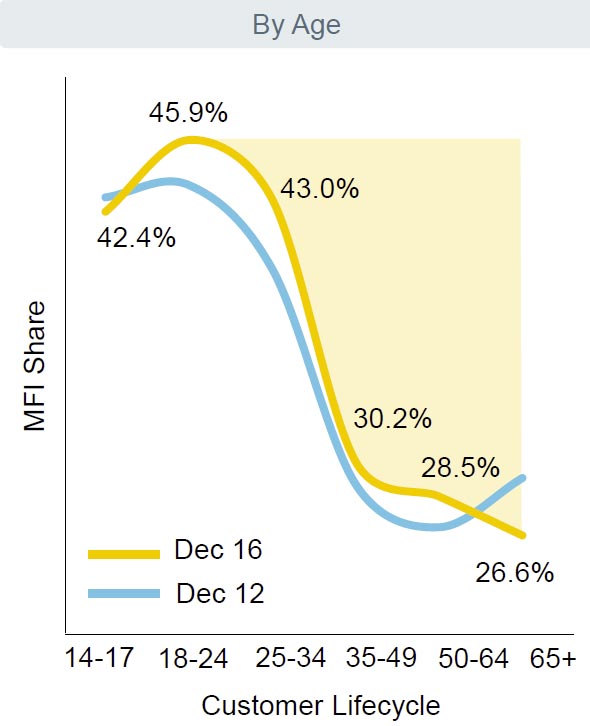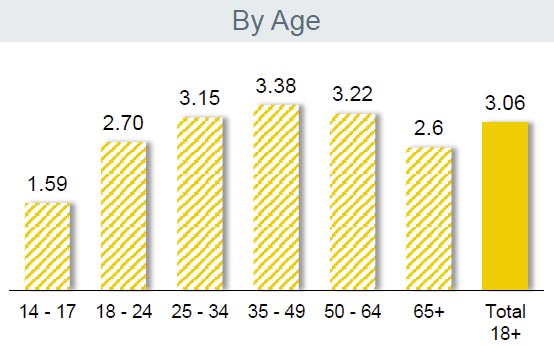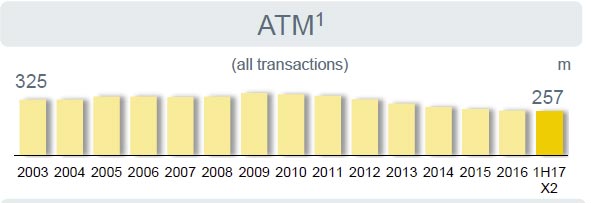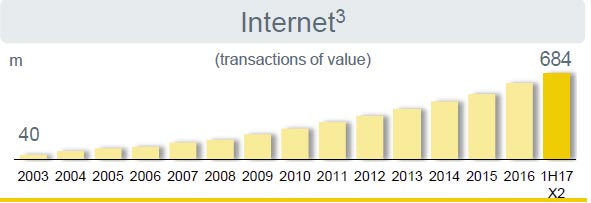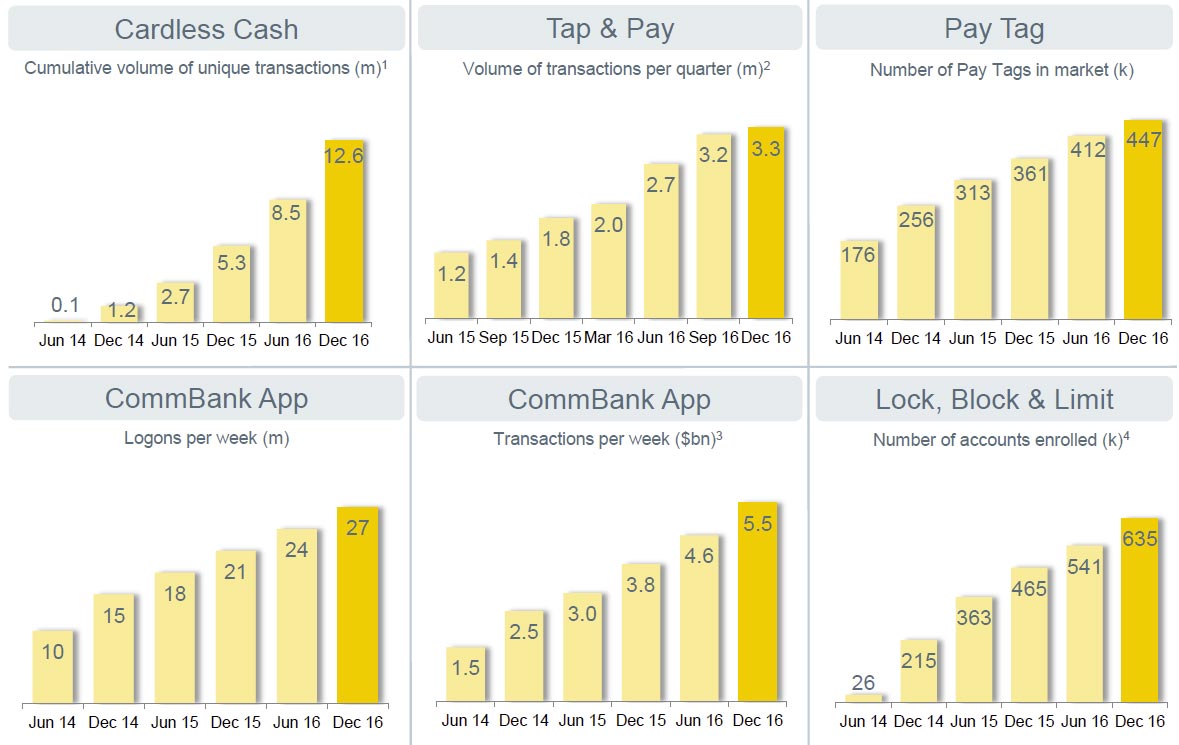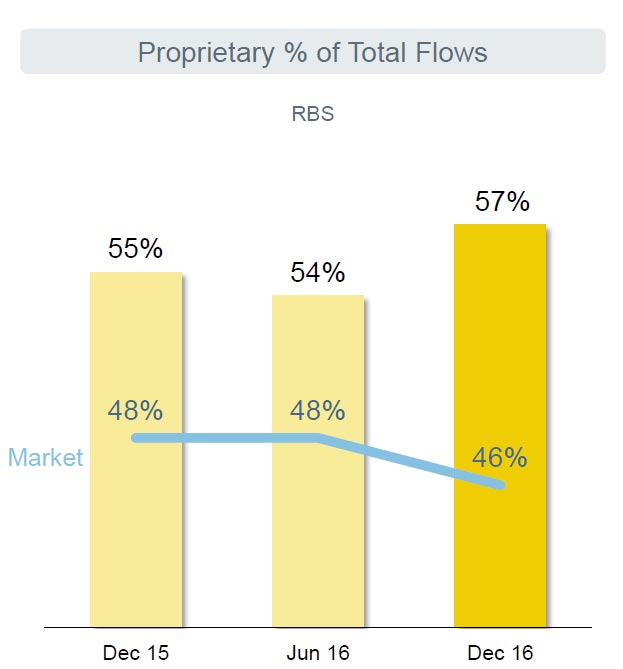The head of a major aggregator and the executive director of an industry association have hit out at reports of channel conflict between banks and brokers.
Following The Adviser’s article yesterday concerning reports of a CBA branch offering to refinance a customer’s home loan at a “lower rate than his broker” (to which CBA and Aussie have not yet responded), two heads of industry have spoken out on this type of behaviour.
Speaking to The Adviser, Peter White, executive director of the Finance Brokers Association of Australia (FBAA), said that “if this is true, then for a bank branch to be doing that, it is unequivocally and unquestionably disgraceful”.
Mr White said: “The bank already had the client, I don’t think the bank branch should have that sort of authority to be able to do that in the first instance because what they are doing is reducing the margins that the bank has already accepted on a transaction.
“So, this is just a deliberate undercutting means, not to gain a client, but specifically to target brokers… If the bank has the ability to reduce the interest rate, they should offer it to everyone in the marketplace.”
He continued: “I think that whatever branch has done this needs a serious reprimand from CBA. If other branches do this, it has a significant impact on the bank’s lending portfolio and the margins and actually hurts the bank’s bottom line profitability-wise – because it’s actually more cost effective to write a loan through the broker network than the branch network.”
Mr White added that it “added greater insult to injury” that the broker who had written the loans originally was an Aussie broker, given that CBA “has a huge financial interest” in them.
He said that channel conflict and clawbacks are forming part of the discussion that it is putting together for the ASIC remuneration review and Sedgwick review.
Raise it with your aggregator
Mark Haron, the director of aggregation group Connective also spoke to The Adviser following the release of the story, saying that he would be “having a chat” with CBA.
While he added that he had not yet received notification from Connective brokers of CBA acting in this way, he emphasised that it is “really important that when brokers find these channel conflict issues that they immediately raise it with their aggregator”.
He commented: “This type of thing does undermine the relationship between the bank and the broker. Whether it’s a one-off or whether it’s systemic, the aggregator should be talking to the bank about it and trying to do something about it either way.
“So, the best way to manage it is to raise it to the aggregator so that the aggregator, through the agreements with the banks, can have each one dealt with.”
Mr Haron said that in the past he had found the banks to be “very, very responsive to any individual or potentially systemic channel conflict issue” and would make adjustments, where necessary.
However, he said that if this “stops happening and the banks are unapologetic” and were treating the broker channel differently, then Connective would be “making sure that the brokers are made aware of that and the brokers can determine whether or not they want to continue their own business with those banks”.
Touching on comments made by Digital Finance Analytics’ principal Martin North earlier this week, which suggested that some big banks had changed their appetite for broker-originated loans, Mr Haron said that he did not believe banks were changing tack on how they deal with brokers “at this stage”.
He said: “We’re not seeing it at this stage, but that’s not to say that they won’t.
“There are some of the major banks, like Westpac and CBA, that are being more focused on the proprietary channel and how they can serve customers better through that, and that’s understandable, because that’s how banks will always want to operate. But, if they do that to the detriment or by neglecting a broker, then it will hurt the overall market share.”
He continued: “I think most banks are aware of that and they will certainly see that played out if they don’t look after brokers. Certainly, if they don’t support brokers or see more conflict issues arising where it is clearly systemic and not a one-off, it will be quite detrimental and problematic for any bank that decides to go down that path.”





